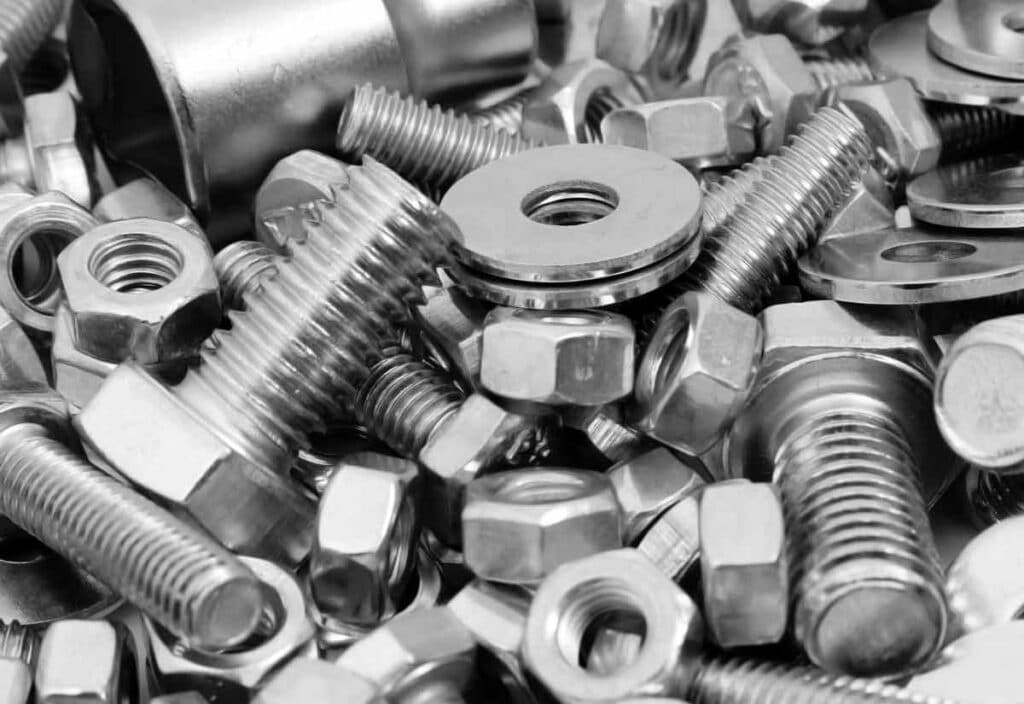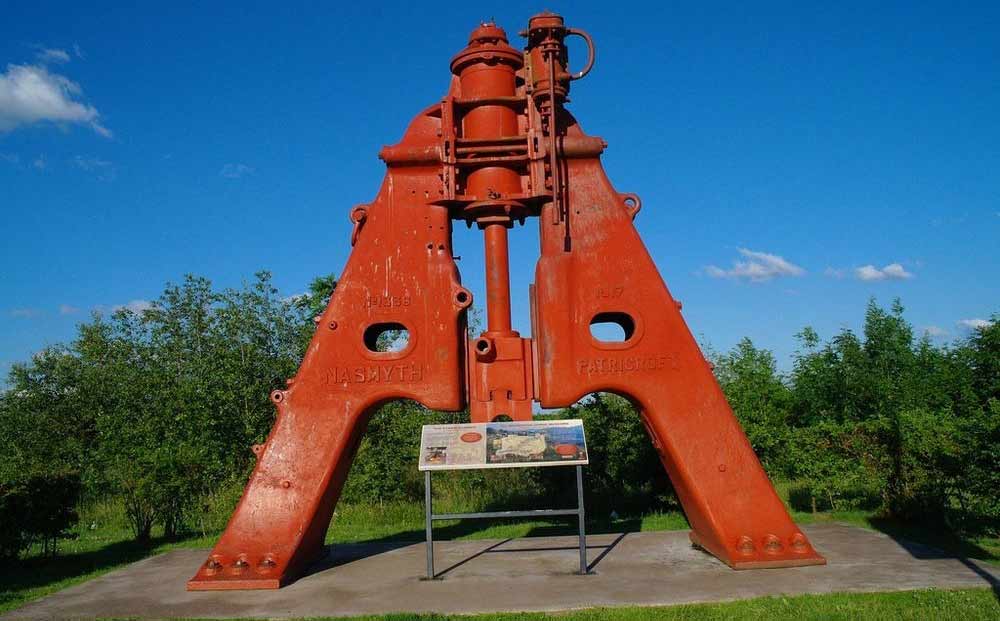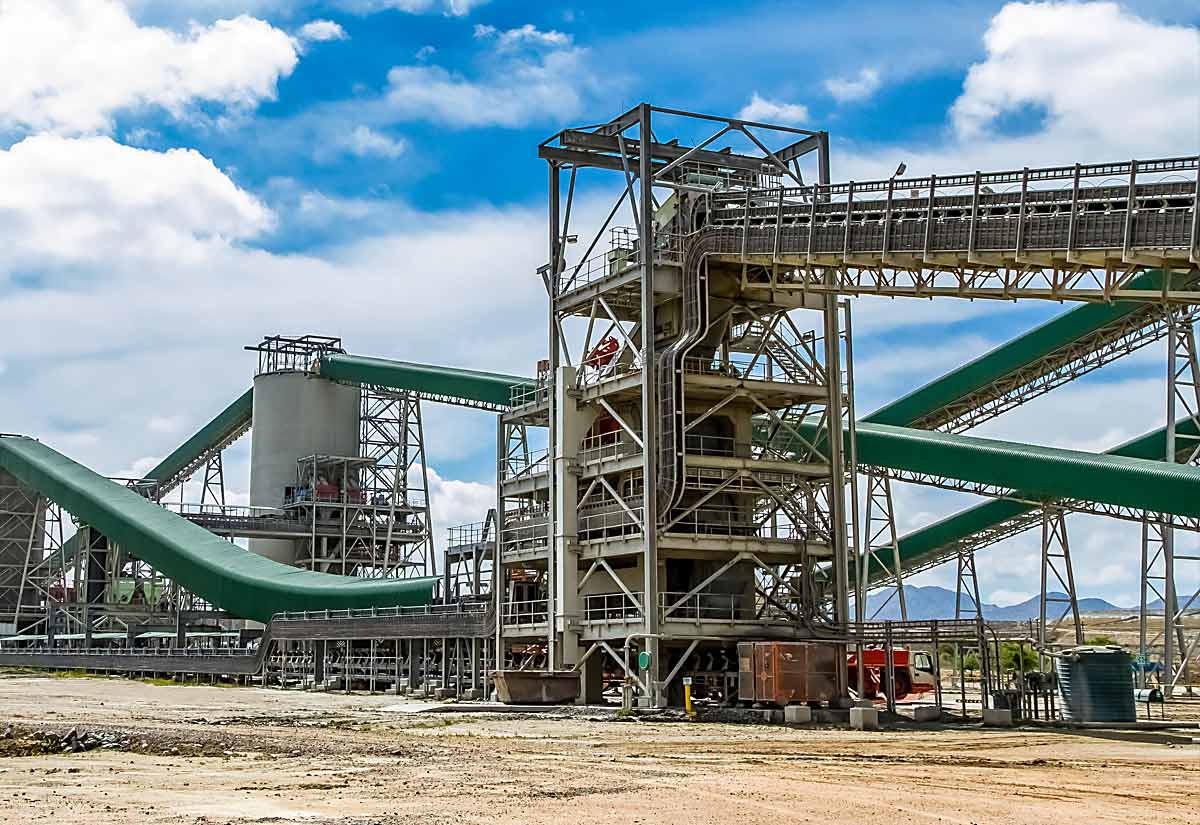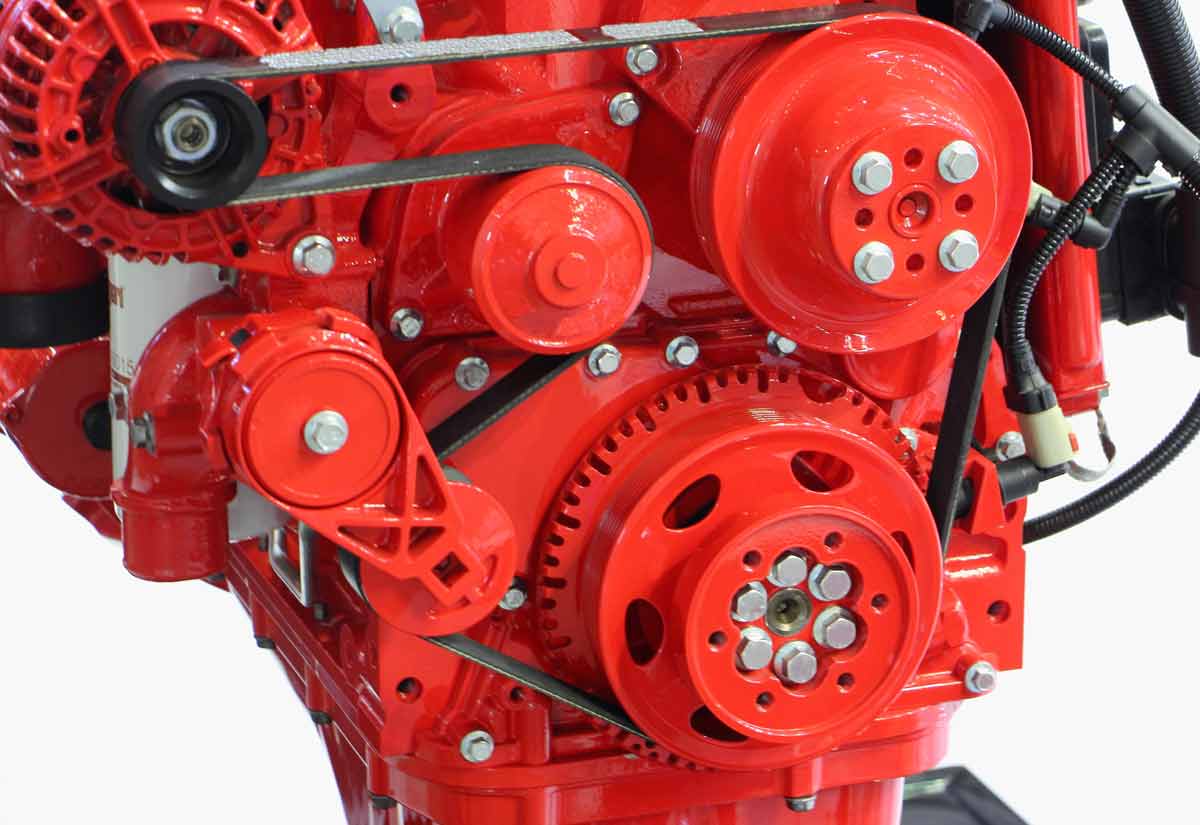An ongoing series by the heavy industry watchers at Resource Erectors.
In our recent article here at Resource Erectors, we focused on two of the unsung Engineering Heroes of the Industrial Revolution. Now it’s time to take a look at two machine innovations that kickstarted the Industrial Revolution using the same criteria.
“What would the effect of deleting these contributions to modern production technology and industrial engineering have on the world had these essential machines, devices, or processes been MIA, or missing in action?”
“Before the late 18th century, machine parts were made by hand, and no two were alike. For instance, a bolt was manufactured on a treadle-powered lathe by a workman holding a cutting instrument and moving slowly up the bolt as the lathe turned, forming the thread. Nuts were a challenge, for it was very difficult to get the pitch (the angle of the thread) of both nut and bolt to match exactly. Once a nut was produced that would work on a particular bolt, they were carefully paired.”
Every fastening job would be a custom job, the engineer’s nightmare, for one. Not to mention the beleaguered maintenance manager and the hands-on workforce tasked with keeping those custom paired jewels together. Attention to detail on steroids required, and an individual part number for every single fastener in the plant, requiring highly skilled machinist labor and hand fit quality control for each and every nut, bolt, screw, and washer in the operation!
The venerable steam engine and the ensuing factory system shifted into high gear in the late 18th century and the demand for production machinery rose swiftly. Improved methods and means of making machines efficiently were essential to keep the Industrial Revolution driving forward. Without mass-produced, interchangeable screws, we’d all be screwed. Nuts to that.
(You know we just had to work that into this article sooner or later.)
Old-fashioned hammered-in spikes were great for staking down the emerging transcontinental railroad tracks spreading like wildfire across the country, but the locomotives that rolled on them would require a much higher level of machine part sophistication. As the limiting days of sail decreased the size of steam-powered vessels increased, and modern steel fabrication required matching precision assembly.
One of the most fundamental building blocks of the Industrial revolution would take 3 generations to develop, but just imagine engineering without it if you can.
Don’t Screw it Up!
A bit of research on the topic of “great machines of the Industrial Revolution” turns up a list of the usual candidates, including the steam pump, the steam engine, and practical steel production. Eventually, the fundamental factory system would follow once steam was harnessed to provide the robust motive power that replaced weary human muscle for high production tasks such as spinning, weaving, and lathe turning.
The demand for high-production machines increased with the 18th Century demand for quality-of-life improving products such as cotton garments. Machine tooling lagged behind the Industrial wave sweeping around the 18th to 19th Century agrarian world, but as they say, “Necessity is the mother of invention”.
The Screw-Cutting Lathe Turns the Industrial World Around
The screw-cutting lathe was a godsend to machinists, millwrights, carpenters, and anyone else requiring precision fasteners. That’s why we’re in total agreement with the focus of John Steele Gordon’s informative Barron’s article Machines That Drove the Revolution which gives credit where credit is certainly due.
To the humble screw.
And all the other threaded fasteners that literally keep the Industrial world together to this day. The modern nut and bolt required a good dose of innovation and 3 generations’ worth of continuous improvement. Perhaps the claim that the philosophy of Lean Six Sigma predates post-war Japanese manufacturing isn’t so far-fetched after all, and actually has inherent roots in the undisputed birthplace of the Industrial Revolution, Great Britain.
“While some claim the evolving business philosophy of continuous improvement can be traced back to the late 18th Century to practices developed by Bell Telephone, it is generally accepted that Lean 6 Sigma is a combination of Japanese and American production expertise.” Lean Six Sigma: The Philosophy of Continuous Improvement in Production
The modern threaded fastener and the concept of turning out vast quantities of identical standardized metal parts was developed by three outstanding British machinists and inventors, who lived in truly Revolutionary times.
Joseph Bramah (1748-1814)
Joseph Bramah was an accomplished locksmith who also invented innovative flushing water toilets, with a patent awarded in 1784. Bramah also invented the hydraulic ”Bramah press” for shaping metal parts, if that name happens to ring a bell in your engineering circles.
Young protege Henry Maudlay was soon brought on by Joseph Bramah to help with sealing the pistons so they could move at the high pressures required without leaking. Considering the universal applications of modern hydraulics, that’s not an insignificant contribution to industrial technology in itself.
The collaboration between the two resulted in a variety of new machine tools to make lock manufacturing more efficient and less costly. These first new tools were adaptable for making other products, as well.
But while Bramah was a mechanical engineer extraordinaire, his employee retention skills needed a bit of work, as his young protege would soon make a strategic career move. This would prove to be an option available to engineers since the beginning of the Industrial Revolution and still one of the perks of a versatile career in engineering today.
As we say, it’s always a great time to be an engineer.
Henry Maudslay (1771-1831)
After quickly rising on his mechanical merits to shop manager for Bramah, young Henry was refused a raise and opened his own shop in 1797. The newly independent Maudslay immediately jumped into the industrial world of mass production by cranking out 130,000 rigging blocks per year for the ships of the Royal Navy, and he did it with just 10 men, reducing the required workforce from 110 men. That’s the definition of “lean production” at its best, but Henry Maudslay had the inherent engineering instinct to conceive a better gadget and the mechanical genius to build it.
Maudslay quickly saw that the primitive foot-powered screw-cutting lathe of his time was ripe for improvement. Mechanizing the process would eliminate the obsolete foot-powered treadle in favor of the newly available steam power. Gone were rickety wood contraptions for the lathe, as Henry introduced all-iron construction for even more stability while producing precision threads.
One early prototype Maudsley demonstration bolt ran to five feet long with an unprecedented 50 threads per inch. The matching interchangeable nut engaged 600 threads. The Royal Navy was so impressed that they awarded Maudslay a prize of 1,000 pounds for his ingenuity. As his legacy to the Industrial Revolution, the Maudslay lathe allowed the standardization of screws, nuts, and bolts, and made fastener interchangeability a standard of manufacturing.
James Nasmyth (1808-1890) Drops the Hammer For Driving Steamships
Born in Scotland, Young James Nasmyth was eager to work for the industrial pioneer Henry Maudsley, but the cost of apprenticeship under the idyllic machinist master was beyond what Jame’s starving artist father could afford.
Undeterred, young Nasmyth engineered his way into a job, building a fully functioning high-pressure model steam engine that immediately got his foot in the door with the greatly impressed Maudsley. A brief but productive association followed that would only end when Maudsley died 2 years later. But like his predecessor Maudsley, James Nasmyth would strike out on his own to build and develop the tools that were so critical for a steam-powered world.
As the Industrial Revolution gathered steam as it were, maritime engineers of the age were busily designing ever bigger ships requiring industrial-sized forged machines and parts, such as propellers and drive shafts. Bigger ships required bigger berths and docks, built with pile drivers that were about as woefully inefficient as the treadle-powered contraptions that were common in the era of sail and sweat.
Bigger parts required bigger hammers to forge, and the amount of force delivered by hammers of the time relied on gravity and distance. The force of the hammers depended on how far they dropped.
James Nasmyth developed his steam-powered hammer, one that could apply any required pressure with such great precision that he demonstrated the hammer’s performance by placing an egg in a wine glass and using his steam hammer to break the egg, but not the glass.
For heavy industry hammer applications such as pile driving, Nasmyth’s steam hammer was a game changer. When adapted for driving a pile, it cut the turnaround time from a tedious 12 hours to an incredible 4½ minutes! How lean can you get?
But one of the most important legacies passed down by these 3 great engineers, these pioneers of the Industrial Revolution is that the machine tools they developed made industrial products affordable while standardizing precision and efficient interchangeability that was truly revolutionary.
About Resource Erectors
Engineering and industrial management opportunities that can revolutionize your heavy industry career are always available at Resource Erectors. We maintain ongoing connections with the leading companies in mining, civil construction, aggregates, bulk materials, mechanical maintenance and more. Our company clients are offering some of the most competitive salaries and compensation packages in 2022 because they know that their human assets are among their most important assets.
Our specialized heavy industry recruiting experience helps your company build its high-production dream teams while helping you avoid the risks and disruptions of a bad hire. Eliminate the accumulating high costs of vacancies in the essential positions of your organization. Over 85% of Resource Erectors’ highly qualified placed professionals are still contributing to the success of their companies 5 years later, and counting.
When you’re ready to build or join your next heavy industry dream team you’re ready for Resource Erectors so don’t hesitate to contact us today so we can all get to work.












